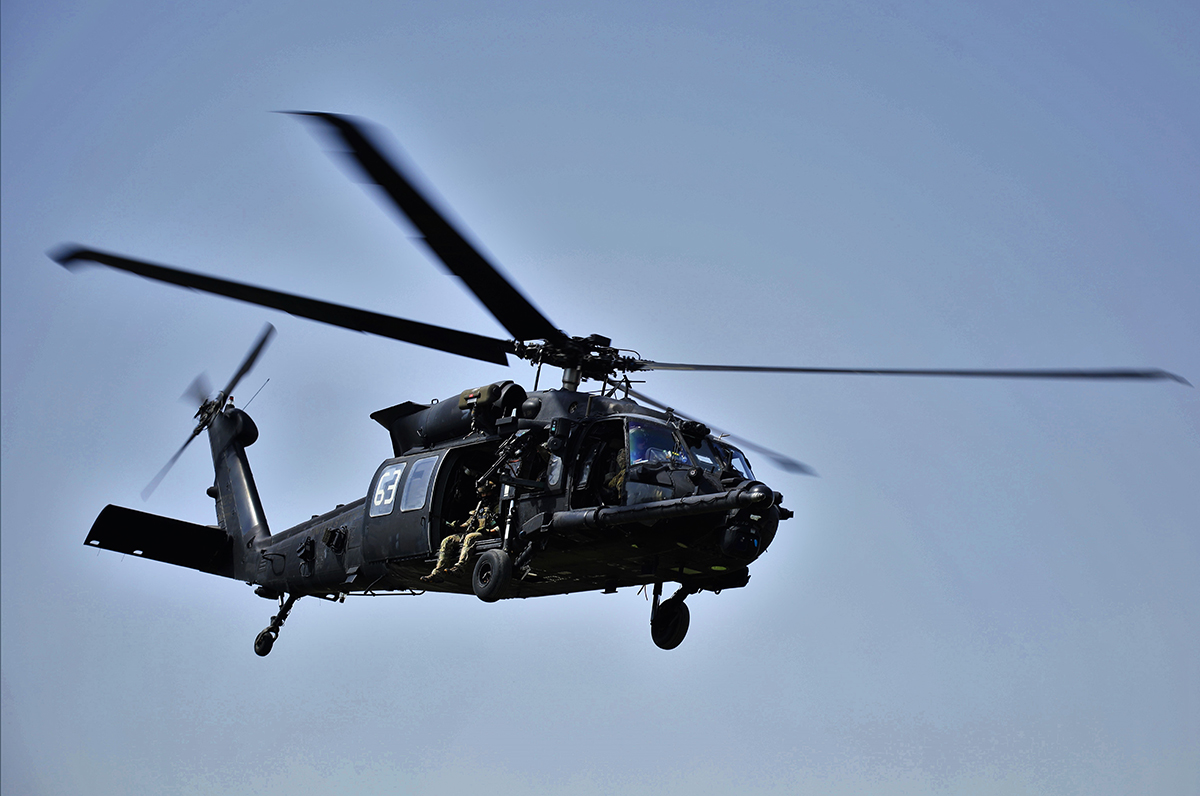Carnegie Mellon AI Collaborates With Pentagon To Improve Helicopter Reliability Machine Learning Identifies Precursors of Engine Failure
Byron SpiceWednesday, February 3, 2021Print this page.

Researchers at Carnegie Mellon University, working with the Pentagon's Joint Artificial Intelligence Center (JAIC), have used artificial intelligence methods to help improve the reliability and availability of helicopters used by the U.S. Army's 160th Special Operations Aviation Regiment (SOAR).
The Predictive Maintenance (PMx) project, which was discussed Jan. 26 during an Armed Services Committees staff briefing, employs machine learning to identify events and conditions that indicate an engine could potentially fail within a few flight hours, said Artur Dubrawski, Alumni Research Professor of Computer Science at CMU and director of the Auton Lab.
Engine overheating during startup, for instance, is one early indicator of impending failure, Dubrawski said. But the model he, senior project scientist Kyle Miller and other lab members developed factored in a large number of other variables, including engine pressures, temperatures and speed. Machine learning algorithms identified patterns in this mountain of data to find combinations of variables that could be effective as early warning signs.
Members of SOAR, also known as the Night Stalkers, support special operations forces, as well as general purpose forces, and conduct missions that demand a high level of performance in often harsh conditions.
"When they need to shut down the engines during a mission, they want to be certain they will start again when they flip the switch," Dubrawski said.
For the past 10 years, the Auton Lab has developed expertise in predictive maintenance of military aircraft — first with the U.S. Air Force's aging F-16 fighters and later with the U.S. Navy's Osprey tilt-rotor aircraft.
By analyzing large amounts of flight data, maintenance records and other information sources, Dubrawski and his colleagues have been able to identify components that are likely to cause trouble. This helps maintenance crews avoid crises that might otherwise ground large numbers of planes. It has been estimated the program for F-16s had a potential to save the Air Force more than $100 million a year.
For PMx, the haystacks of data that the CMU researchers sifted contained relatively few needles — the aircraft already are meticulously maintained, so the vast bulk of the flight and maintenance data reflected healthy operating conditions.
Machine learning techniques generally depend on lots and lots of data, so reliably finding sparse indicators of impending failure was a challenge, Dubrawski said. This required a number of workarounds, such as building models that already incorporated physical principles of the engines.
"It was fun to get back to my roots," said Dubrawski, whose original training is in aeronautical engineering.
The JAIC project ended in September, but the Auton Lab continues to work on the predictive maintenance problem as part of the Army AI Task Force headquartered at Carnegie Mellon.
Byron Spice | 412-268-9068 | bspice@cs.cmu.edu
